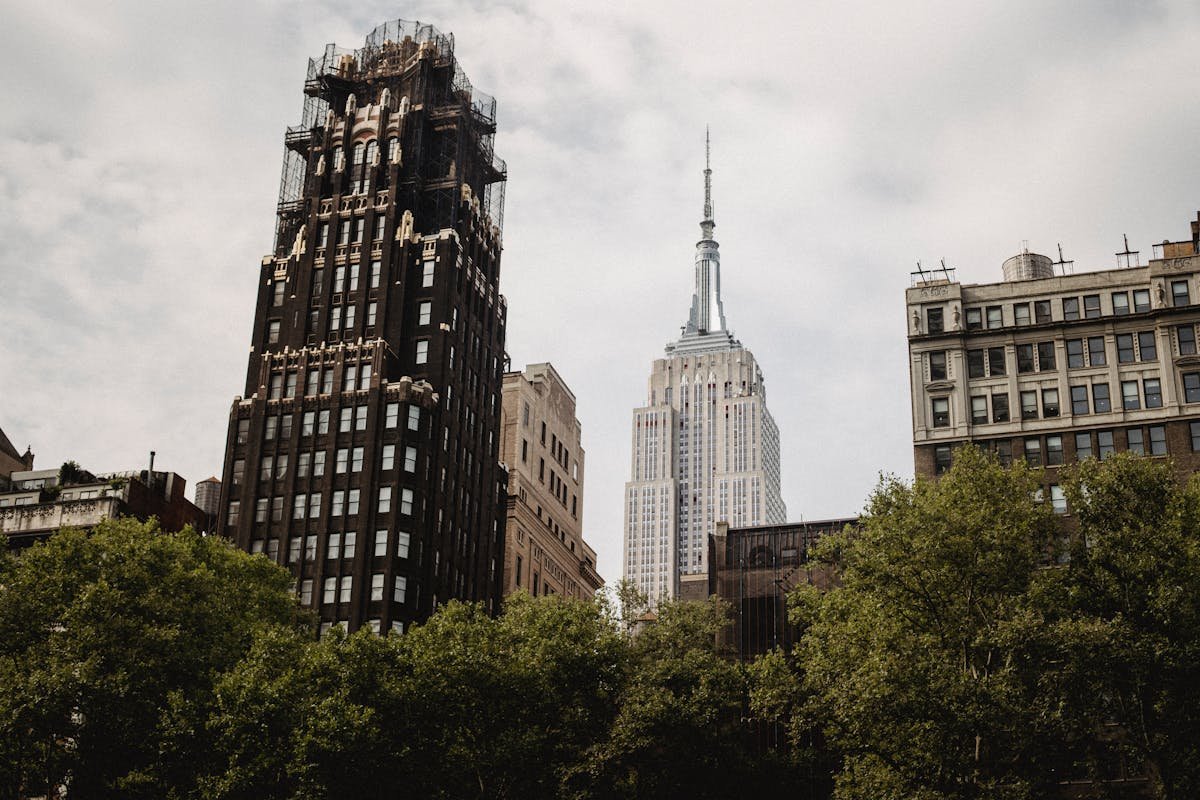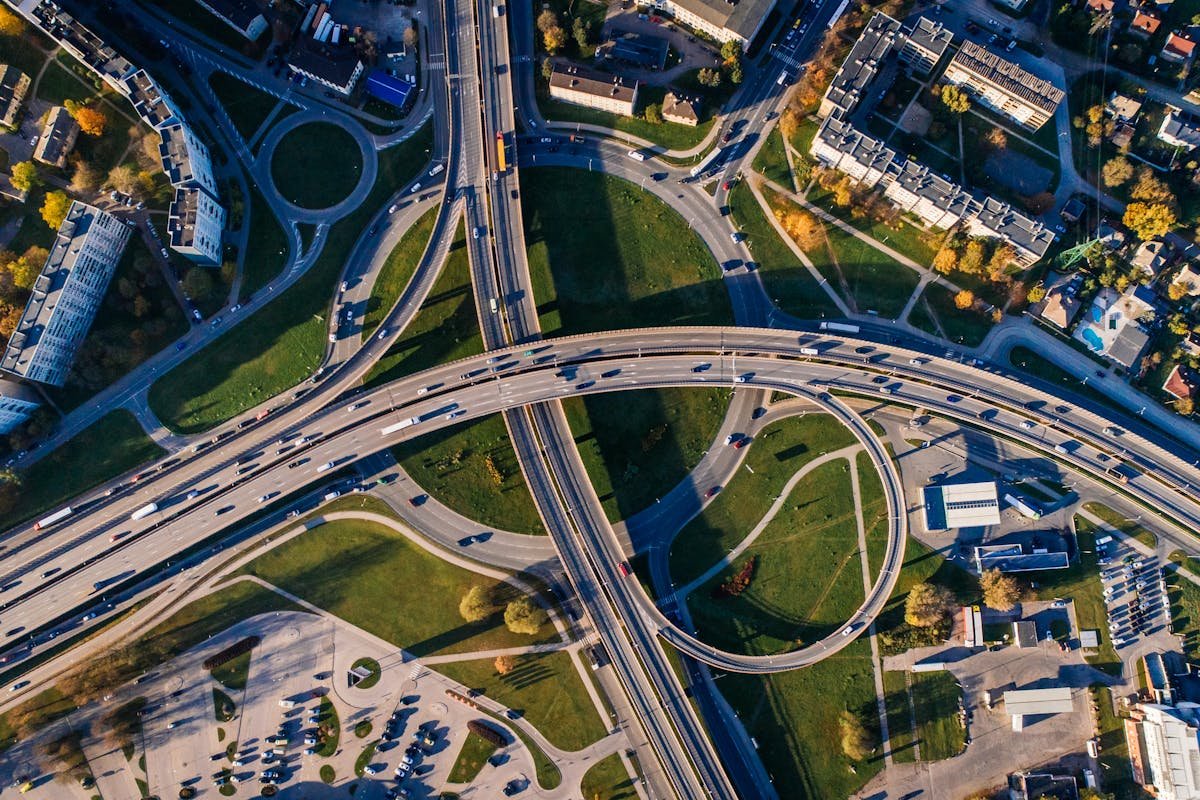Vertical Cities: Why Stacking Humanity May Be the Only Way to Survive the Collapse
Transportation & Urban Development / Date: 06-23-2025

The world isn’t running out of land. It’s running out of livable land.Let’s stop pretending this planet can handle more highways, strip malls, or suburban sprawl. Sea levels are rising. Farmland is disappearing. Urban housing is crumbling under the weight of too many people and not enough space.
So, here comes the bold solution: Vertical cities. Skyscraper jungles that climb toward the clouds. Buildings that aren’t just tall—they’re entire ecosystems stacked on top of themselves. Imagine living, working, shopping, and even growing your own food—all inside one massive structure. Sounds sci-fi? It's already happening. And honestly? It might be the only card we have left.
In this piece, we’ll dig into why building up could be our only way forward—and what it really costs to live in a concrete hive.
Sky High and Dead Serious: Why We Can’t Keep Building Out

We’re not just running out of space. We’re running out of options.
Sprawl Is Killing the Planet
Let’s be real—horizontal expansion is a disaster. Every new suburb, every new freeway, every big-box store eats up green space. Trees? Gone. Waterways? Polluted. Farmland? Paved over.
Sprawl demands cars, parking lots, and constant commuting. And that means more emissions, more fossil fuels, more climate chaos. It’s like we’re addicted to flat land—but it’s killing us.
Climate Change Isn’t Waiting
Think this is just about housing prices? Think again.
Rising seas are already swallowing cities. Jakarta is literally sinking. Miami floods even when it doesn’t rain. And in places like Dubai or Phoenix, it’s getting too hot to be outside. Urban heat islands are frying people alive.
If we don’t find smarter ways to live together, we won’t have cities. We’ll have climate ghost towns.
Enter the Vertical City: Part Building, Part Organism
Imagine a tower the size of a mountain. Inside it? Housing, schools, hospitals, farms, parks, maybe even entire streets. You wake up on floor 64, take a vertical tram to work on floor 27, grab lunch from an indoor food forest on 30, and meet friends at the rooftop cinema.
These places don’t just house people. They function like ecosystems. Smart energy. Waste recycling. Rainwater harvesting. AI-powered climate control. Everything is optimized, because it has to be.
Sounds wild? The Line in Saudi Arabia, Tokyo’s Sky Mile Tower, and Shenzhen’s Vertical Forest prototypes are already under construction or in planning. The future is up—literally.
The Good, The Bad, and The Bunker Vibes
So, vertical cities might save us. But will we like living in them? That’s... complicated.
The Upsides Are Massive (Like, Literally)
- Smaller footprint, bigger life: Less land used means more nature preserved.
- Efficiency overload: No cars needed. Everything’s close.
- Built for resilience: Floodproof, heat-resistant, energy self-sufficient fortresses.
And yes, they look cool. Like Blade Runner minus the dystopia—hopefully.
But Are We Ready to Live Like Ants?
Here’s where it gets uncomfortable.
One must give up a great deal of personal freedom to live in a vertical metropolis. Do you want a backyard? Ignore it. Do you long for privacy? I hope you have solid walls. This concept is already referred to as "vertical prisons" by some, and to be honest, it's not entirely unfair.
Humans are social, sure—but forced proximity can drive us nuts. Ever lived in a crowded apartment with thin walls and noisy neighbors? Now scale that up to 20,000 people in one building.
There’s also the risk of segregation. The rich on top. The poor stuck below. Floors becoming class systems. A literal hierarchy.
And let's not even talk about what happens when the elevators break.
The Tech Is Here—But Is the Trust?
Building vertical cities isn’t science fiction anymore. The tech is ready. Smart grids, modular designs, 3D-printed walls—it’s all real. What’s missing?
People Don’t Trust Big Systems Anymore
Ask yourself: Would you trust a mega-corporation to run your water, power, food, and security—all under one roof?
Yeah, same.
There’s a creepy side to vertical cities. Who controls the data? Who monitors the cameras? What if something goes wrong? One fire. One virus outbreak. One blackout. Suddenly, your home is a concrete trap.
That said… cities already fail us all the time. Power outages. Water cuts. Gentrification. Homelessness. Maybe we’re just scared of new failure—but not old failure.
Vertical Cities Are Happening—Just Not Where You Think
You’d assume New York or London would be leading the charge. Nope.
It’s the Global South, the deserts, the megacities of tomorrow—that are going vertical. Why? Because they have to. Land is limited, population is booming, and the old models just don’t work anymore.
Meanwhile, the West still clings to suburbia. White picket fences and three-car garages. Delusional? Maybe. Comfortable? For now.
So… Are Vertical Cities the Future?
Let’s not sugarcoat it.
Vertical cities could solve a lot—climate pressure, land scarcity, housing crises. But they could also become high-tech prisons if we’re not careful. The way we build them—and who we build them for—matters.
If it’s just another way for billionaires to escape the mess they helped make, we’re doomed.
But if we treat vertical cities as a new chance to build fairer, greener, more human places to live? Then maybe—just maybe—we have a shot.
Follow Us
Newsletter
Subscribe to our newsletter to stay updated with our latest news and offers.
We respect your privacy.Trending










